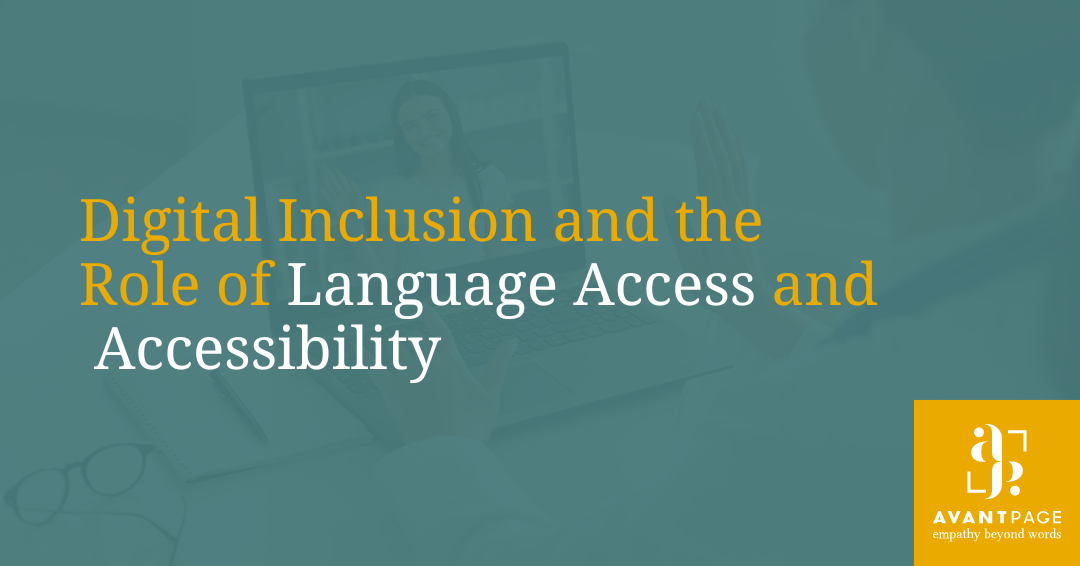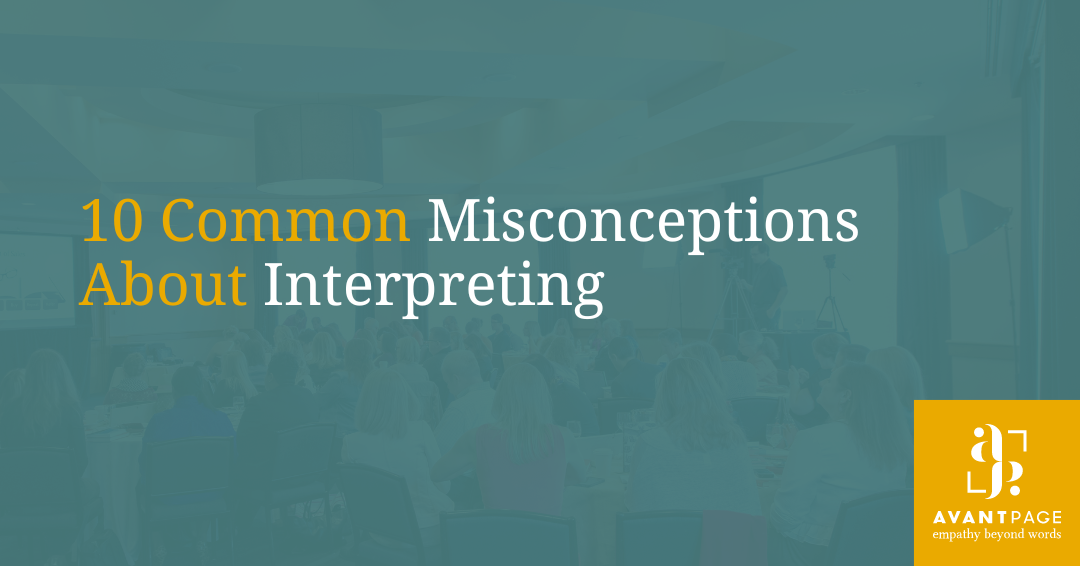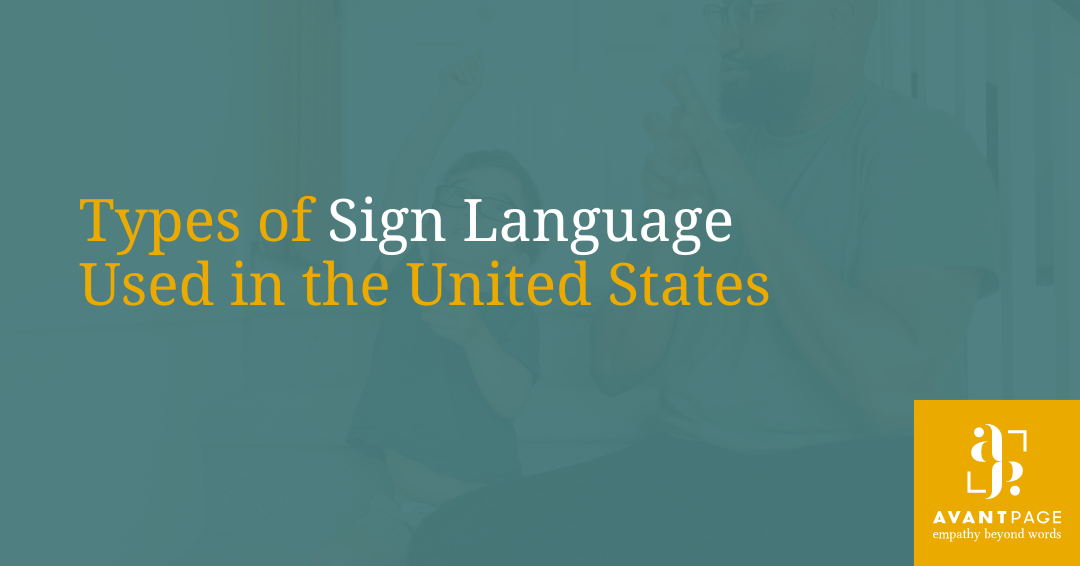Our Blog
Connecting People Through Language
Digital Inclusion and the Role of Language Access and Accessibility
These days, access to technology and understanding how to use it aren’t luxuries — they’re necessities. Since its inception, the internet has become a central part of our daily lives, providing access to critical information, services and opportunities. This has made...

10 Common Misconceptions about Interpreting
Interpreters play a critical role in allowing people from different linguistic backgrounds and experiences to communicate seamlessly with one another. Whether it’s helping a patient with limited English proficiency (LEP) communicate with their doctor or enabling...

Types of Sign Language Used in the United States
When it comes to sign languages, the most common one you’ll come across in the United States is American Sign Language (ASL), but it’s far from the only one. While various sign languages have existed for centuries, standardization came much later, especially in...

Language Barriers in Correctional Facilities
In the United States, correctional facilities are legally required to provide language access to inmates with limited English proficiency (LEP). Still, many prisons have difficulty providing adequate, equitable language services, resulting in significant challenges...

6 Language Access Challenges Courts Face and How to Overcome Them
Navigating the legal system can be tricky enough as it is for native English speakers — for those with limited English proficiency (LEP), it’s an even bigger struggle. Luckily, there are rules and regulations in place to provide language access to LEP defendants,...

3 Ways State Departments of Revenue Benefit from Language Access
State departments of revenue play a vital role in our civic ecosystem — they make possible many of the public services and programs we enjoy on a day-to-day basis. From registering small businesses to offering programs for community and economic development, these...